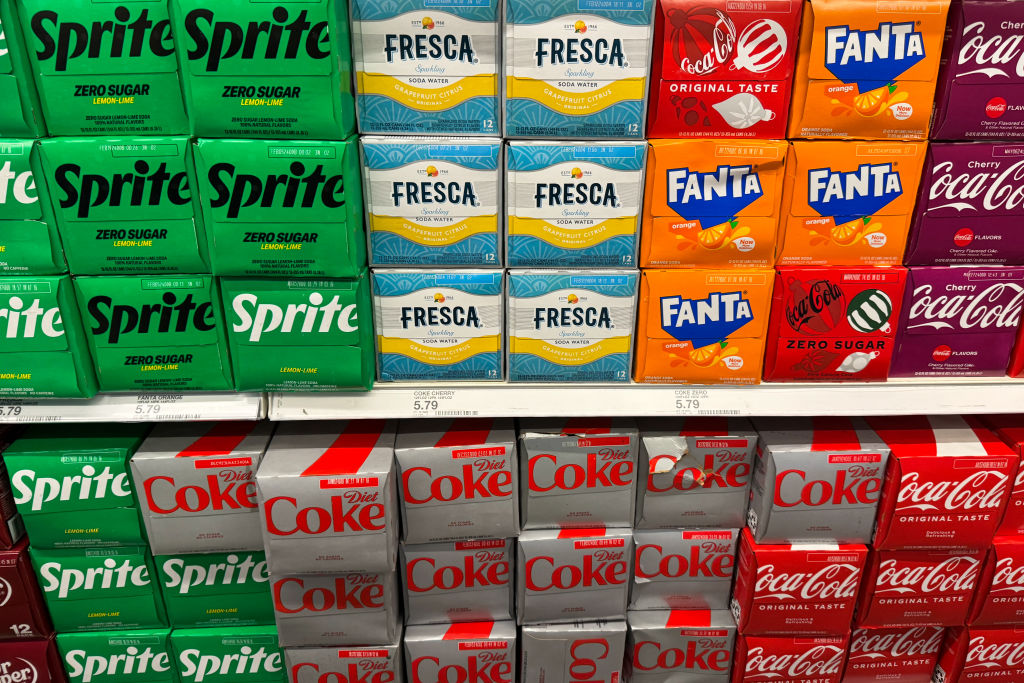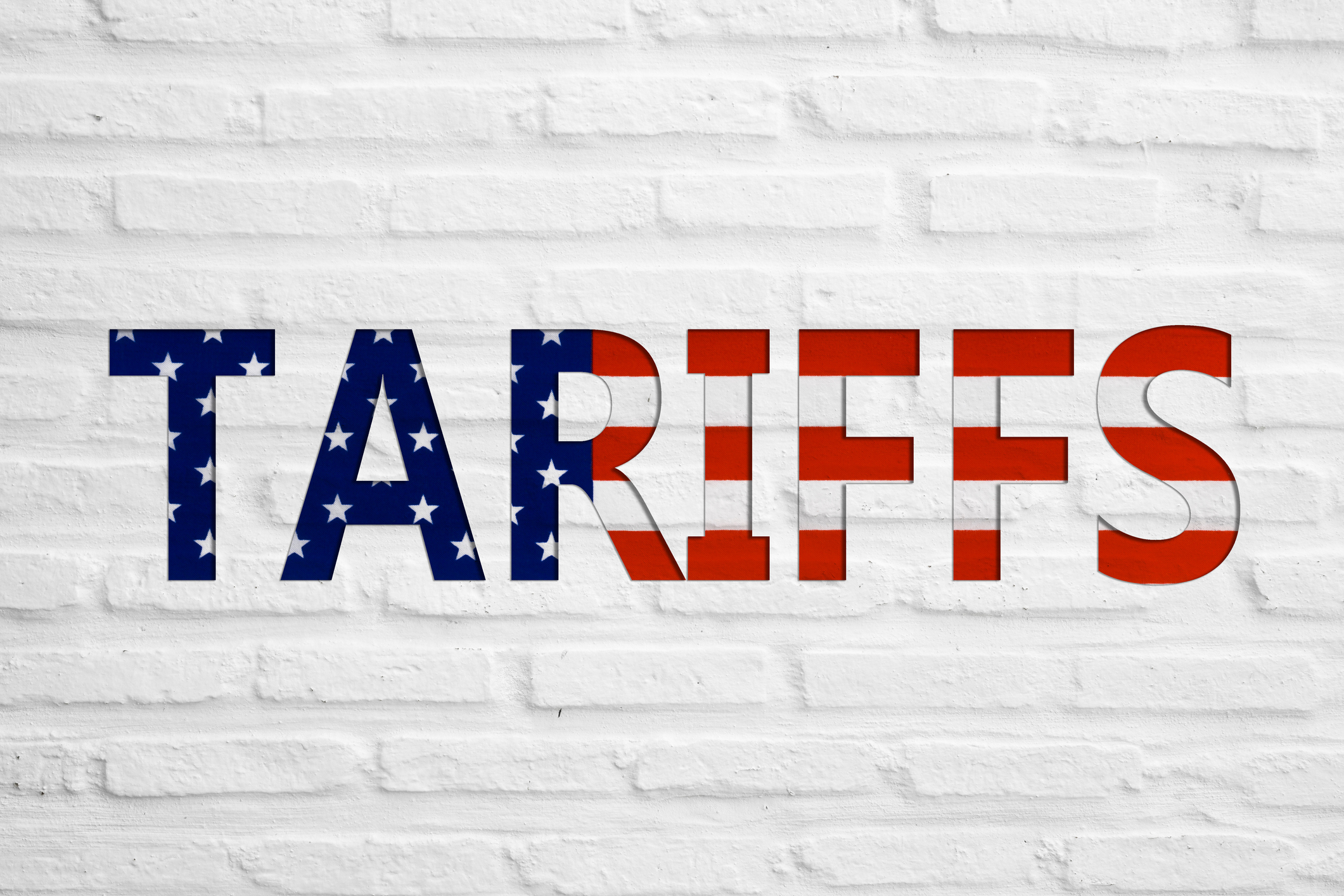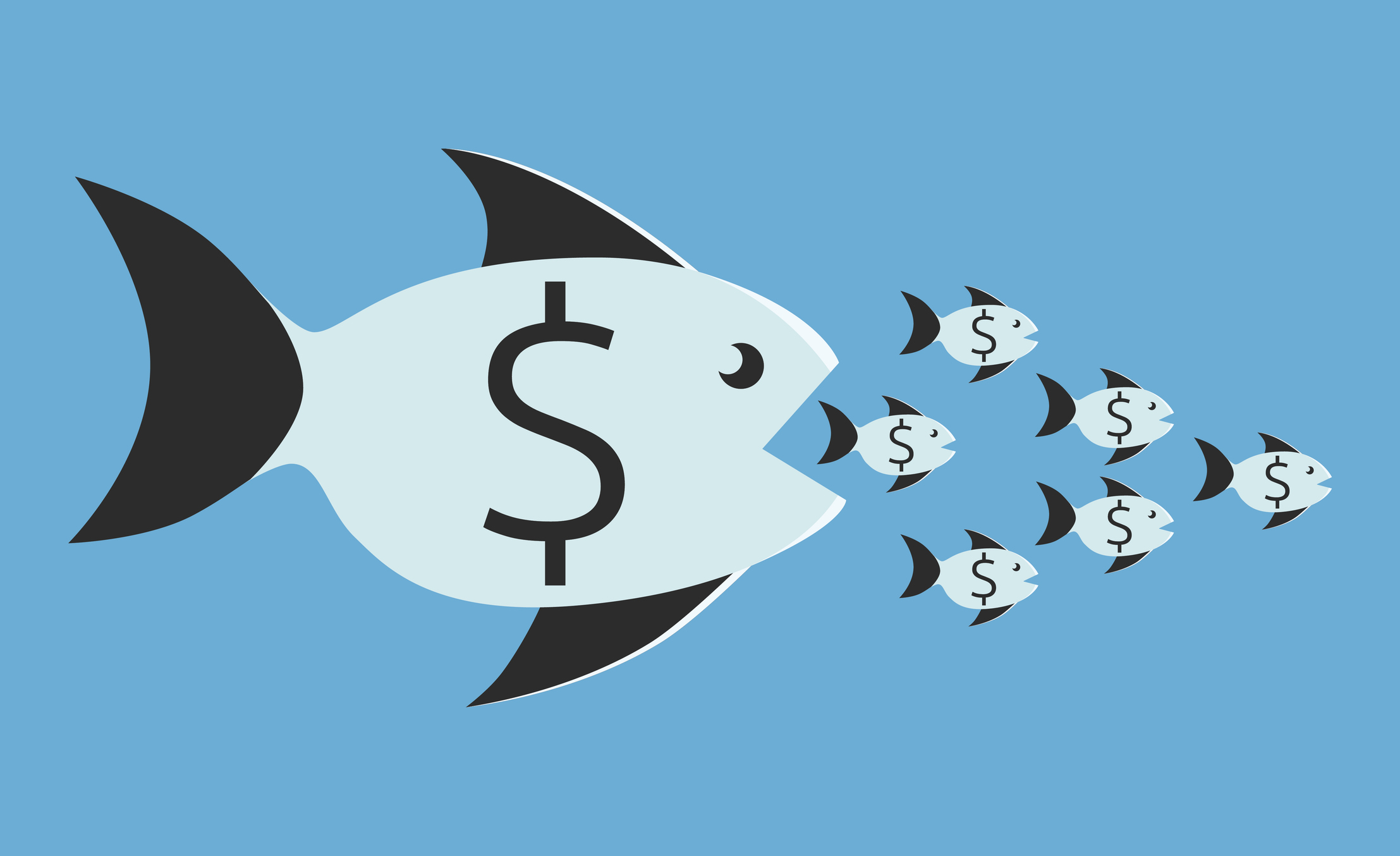Trump Steel and Aluminum Tariffs to Hike Soda, Housing Prices
The president enacted 25% tariffs on aluminum and steel imports. Here's how it could impact you.


Trump’s latest sweeping tariffs on certain metals may broadly impact everyday goods, from certain foods in the grocery aisle to the price of your child’s bike.
President Donald Trump signed proclamations on Feb. 10 that raise steel and aluminum imports to a 25% rate, eliminating previous country exceptions and exemptions. The new blanket tariffs are in effect as of March 12, 2025, and will impact major suppliers including our nearest allies Canada and Mexico.
Here’s what the latest tariffs on key metals mean for you.

Sign up for Kiplinger’s Free E-Newsletters
Profit and prosper with the best of expert advice on investing, taxes, retirement, personal finance and more - straight to your e-mail.
Profit and prosper with the best of expert advice - straight to your e-mail.
Trump's new metal tariffs
The current measures are an expansion of Trump’s 2018 Section 232 duties, which had set steel tariffs at 25% and taxes on aluminum imports at 10%. The Trump administration cited the tax is set to counter trade practices that “undermine national security.”
Mainly, the White House fact sheet suggests that the tariffs are being placed to end loopholes that have led to the transshipment of products like steel produced in countries like China to the U.S. through its key trading partners.
Such tariffs, however, can have broad impacts across different industries.
For homebuyers in the U.S., tariffs on essential building materials usually translate to higher home prices. Meanwhile, homebuilders worry the tariffs will impact construction costs and hinder their ability to deliver new projects.
Experts say you can expect higher prices from canned foods, beer, and soda in the grocery aisle, as many rely on imports from Canada and Mexico. Even domestic car prices may be slightly impacted.
Canada and Mexico push back
Outgoing Canadian Prime Minister Justin Trudeau said that Trump’s tariffs on steel and aluminum imports were “entirely unjustified."
The Canadian Steel Association said that Trump’s targeted tariffs are “baseless and unwarranted” as the country has already worked hard to align trade policy with the U.S. For instance, Canada had already imposed its own Section 53 tariffs on Chinese steel imports and a monitoring system to ensure it can identify the country of “melt and pour.”
“Canadians will stand up strongly and firmly if we need to,” said Trudeau.
- According to the Canadian Steel Association, about $20 billion in steel is traded between Canada and the U.S. each year.
- Additionally, 40% of Canada’s steel imports come from the United States.
Mexico’s government officials are digesting Trump’s latest wave of tariffs.
“We have to keep a calm head and weigh our response as things progress,” said Mexico’s President Claudia Sheinbaum in a press conference on Feb. 11. Sheinbaum added that tariffs on Mexican steel and aluminum would violate the USMCA free trade agreement.
Meanwhile, Mexico's economy secretary Marcelo Ebrard said that tariffs would be a “very unusual case” as Mexico imports more steel and aluminum from the United States than it exports to the country.
- Ebrard said the U.S. had a $6.9 billion surplus with Mexico on steel and aluminum trade in 2024.
- The government argues that retaliatory tariffs on United States imports of those metals would have a harsher economic impact.
What about retaliation? On March 12, Canada responded with 25% tariffs on more than $20 billion worth of U.S. goods as a countermeasure to Trump's tax on aluminum and steel products.
The European Union responded with reciprocal tariffs on $28 billion of U.S. goods imported to Europe starting April 1. Some items include American beef and poultry. The 99-page list mentions products mainly manufactured in Republican states. A second wave of tariffs will go into effect on April 13, 2025.
President Trump's response on March 13: "I'm not going to bend at all."
Tariffs raise prices on canned goods, vehicles, and housing

Trump’s across-the-board 25% tariffs on steel and aluminum will impact several industries. Some prices will be visible on your grocery list.
- Canned goods and beverages
Nearly 70% of tin plate steel used to make cans for fruits, vegetables, essential foods, and pet food is imported to the U.S., according to the Can Manufacturers Institute (CMI). Many industries use aluminum and steel to manufacture their products, which can include beverages and sodas.
Coca-Cola CEO James Quincey said the company imports aluminum for its cans from Canada. In response to tariff hikes, the company may increase production of its beverage in plastic bottles. It may also source aluminum domestically, which would likewise increase consumer prices.
- Newly built homes or renovations
Aluminum and steel are used as raw materials in home construction, which may lead to higher home prices as builders pass on tariff costs to consumers. Homebuilders are also worried about supply-chain disruptions which may impact their ability to deliver new projects.
Additionally, if the United States lifts its temporary pause of 25% blanket tariffs on Mexico and Canada on March 1, that will impact other critical supplies like gypsum (used for drywalls) and softwood lumber. More than 70% of the two materials come from the two neighboring countries.
The National Association of Home Builders (NAHB) sent a letter to President Trump requesting tariff exemptions on building materials before these tariffs take hold. However, the Trump administration’s stance on “no exceptions or exemptions” isn’t promising.
- Automobiles and car parts
Canada’s steel and aluminum imports to the United States benefit the automotive, aerospace, and construction industries. Canada, Brazil, and Mexico were the largest suppliers of steel to the U.S. in January, with Canada firmly in the lead.
How can this hit domestic companies? Ford sources 90% of their steel from local manufacturers, and 10% from Canada. However, Ford CEO Jim Farley reportedly said the company still has suppliers with international sources for aluminum and steel, so tariffs may impact prices.
If you want a European car model, you may also expect higher prices. The European Union announced it would respond with reciprocal tariffs if it comes to it.
Bottom line on aluminum and steel tariffs
While the Trump administration’s move to impose across-the-board 25% tariffs may be a tactic to isolate China, it could have immediate implications for your daily finances.
Tariffs on imported goods from other countries and allies are taxes paid by domestic companies. These companies, like Coca-Cola, then pass on some of that additional cost to consumers like you so they can make a profit.
Trump’s tariffs on steel and aluminum are now in effect as of March 12, so stay tuned for developments as they may impact you sooner than you think.
For more information and live updates, follow our tax team on Filing Taxes 2025: Live Updates, Tax Tips, and Strategies.
Related Content:
- Tariffs: What They Are and How They Impact Your Wallet
- Food, Gas, Prices to Spike it Trump Levies Tariffs on Canada and Mexico
- Trump’s Tariffs Could Dramatically Spike Clothes, Toy Prices in 2025
Get Kiplinger Today newsletter — free
Profit and prosper with the best of Kiplinger's advice on investing, taxes, retirement, personal finance and much more. Delivered daily. Enter your email in the box and click Sign Me Up.

Gabriella Cruz-Martínez is a seasoned finance journalist with 8 years of experience covering consumer debt, economic policy, and tax. Before joining Kiplinger as a tax writer, her in-depth reporting and analysis were featured in Yahoo Finance. She contributed to national dialogues on fiscal responsibility, market trends and economic reforms involving family tax credits, housing accessibility, banking regulations, student loan debt, and inflation.
Gabriella’s work has also appeared in Money Magazine, The Hyde Park Herald, and the Journal Gazette & Times-Courier. As a reporter and journalist, she enjoys writing stories that empower people from diverse backgrounds about their finances no matter their stage in life.
-
 How to Get Apple TV Plus for just $2.99
How to Get Apple TV Plus for just $2.99For a limited time, you can get three months of Apple TV Plus for just $2.99 per month. Here’s how to get the deal.
By Rachael Green Published
-
 Stock Market Today: Stocks Surge to Close a Volatile Week
Stock Market Today: Stocks Surge to Close a Volatile WeekIt was another day with a week's worth of both news and price action, but it ended on a strongly positive note.
By David Dittman Published
-
 Free IRS Tax Filing for 30 Million People: Will It Continue Under Trump?
Free IRS Tax Filing for 30 Million People: Will It Continue Under Trump?Tax Filing Direct File was piloted last year in 12 states and has since expanded to 25. But some wonder whether the program will last under the Trump administration.
By Gabriella Cruz-Martínez Last updated
-
 Kentucky Tax Deadline Extension Might Cost You More Money: What to Know
Kentucky Tax Deadline Extension Might Cost You More Money: What to KnowState Taxes Kentucky flooding and storms caused the IRS and state to extend the 2025 tax filing deadline. But should you file later?
By Kate Schubel Published
-
 Are You Ready to Pay More Taxes to Save Social Security?
Are You Ready to Pay More Taxes to Save Social Security?Social Security Across party lines, many believe saving Social Security trumps other financial considerations.
By Kelley R. Taylor Published
-
 Could Your State End Tax on Overtime This Year?
Could Your State End Tax on Overtime This Year?State Taxes Key states are considering ending taxes on overtime — find out if yours makes the cut.
By Kate Schubel Published
-
 Did Florida’s Chance at $1,000 in Property Tax Rebates Vanish?
Did Florida’s Chance at $1,000 in Property Tax Rebates Vanish?State Taxes The Florida Legislature bypassed Gov. Ron DeSantis’ wish to cut property taxes and instead voted to lower the state’s sales tax.
By Gabriella Cruz-Martínez Published
-
 ‘Are You Better Off Than You Were 71 Days Ago?’ Cory Booker Historic Senate Speech Highlights Tax Debate
‘Are You Better Off Than You Were 71 Days Ago?’ Cory Booker Historic Senate Speech Highlights Tax DebateTax Policy A speech protesting Trump’s policies, including tax plans, breaks U.S. Senate records.
By Kelley R. Taylor Last updated
-
 What’s Happening With Trump Tariffs? New 90-Day Pause
What’s Happening With Trump Tariffs? New 90-Day PauseTariffs Donald Trump continues to use tariffs as a central tool of his trade policy. Here’s where tariffs stand now.
By Kelley R. Taylor Last updated
-
 New South Carolina Income Tax Cut Might Eat Your Cash
New South Carolina Income Tax Cut Might Eat Your CashState Taxes South Carolina’s flat income tax bill could have the majority of residents paying higher income taxes. Find out how.
By Kate Schubel Published